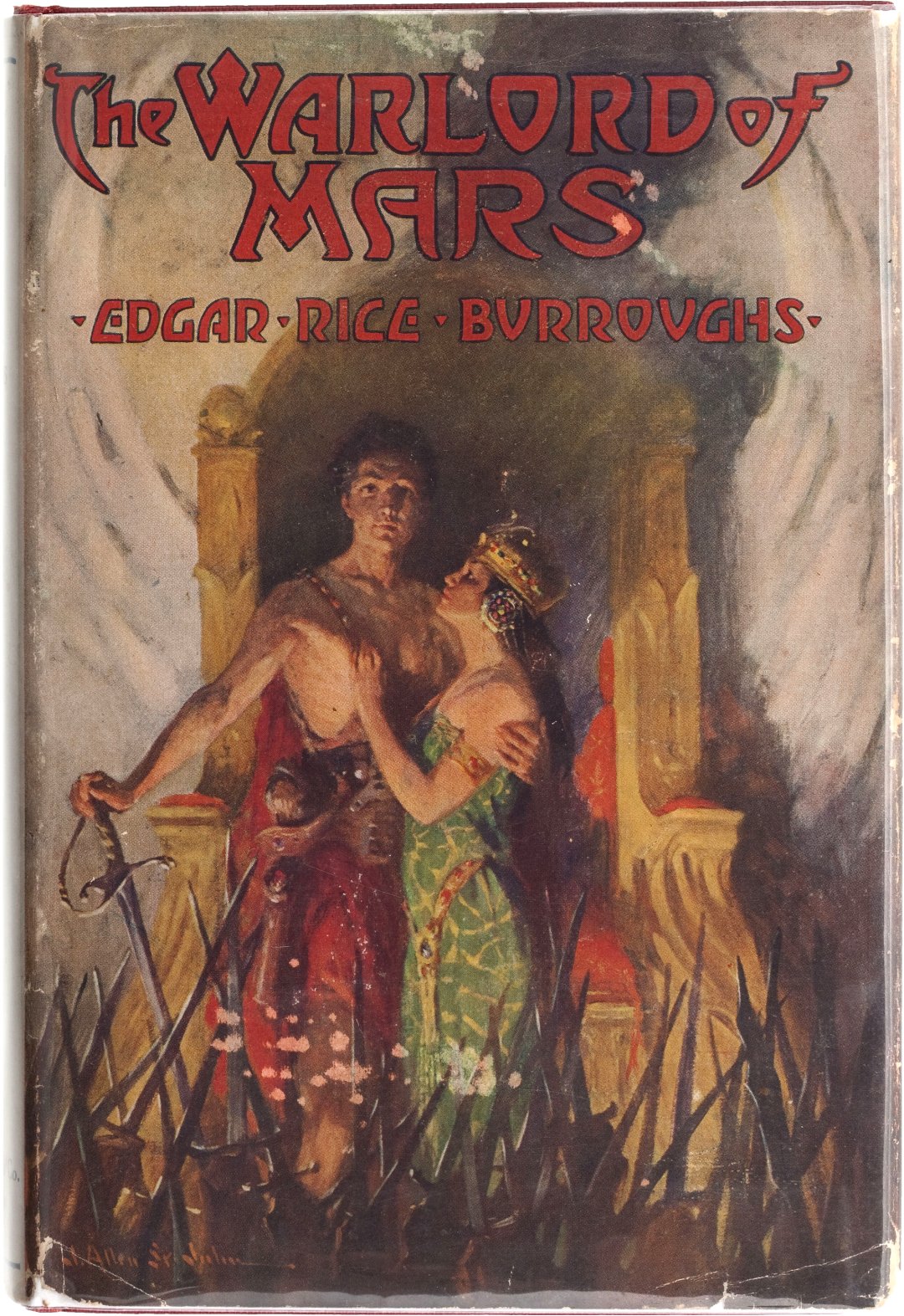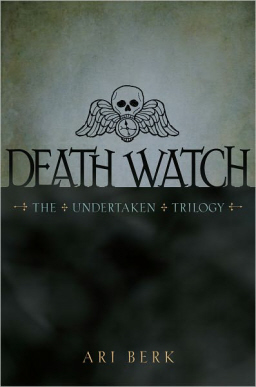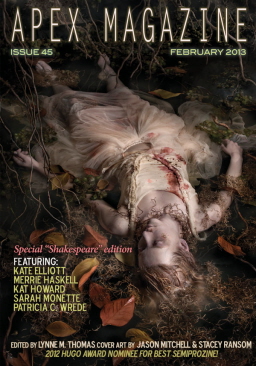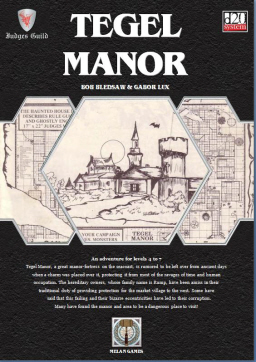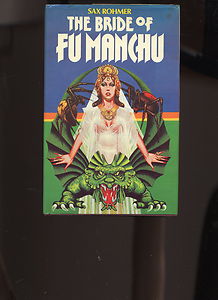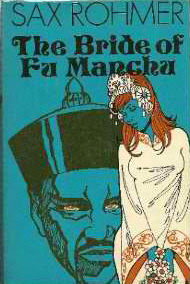Dion Fortune and The Demon Lover
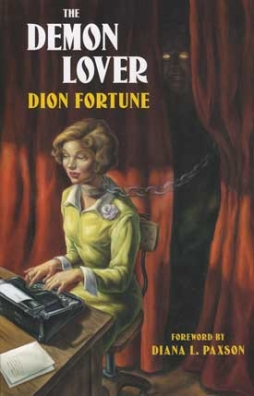 When I took a look at Shirley Jackson’s The Haunting of Hill House the other week, I did not know that February was in fact Women in Horror Recognition Month. The establishment of WiHM, as it’s abbreviated, began in 2010 as “a month-long celebration that would promote and assist underrepresented female artists while educating the public about current and past discrimination.” In 2011, WiHM was backed by the Viscera Organization, a non-profit assisting female genre filmmakers. If you want to know more, here’s the web site for the event, from which I took the foregoing quote, and the Facebook page; here’s a link to the Viscera Organization, with info on the annual film festivals they hold in Los Angeles and Boston. As for me, as a result of learning all this, I stumbled on a couple of lists of works by female horror writers. And on one of those lists, I noticed a book I’d had on my shelf for ages: The Demon Lover, by Dion Fortune.
When I took a look at Shirley Jackson’s The Haunting of Hill House the other week, I did not know that February was in fact Women in Horror Recognition Month. The establishment of WiHM, as it’s abbreviated, began in 2010 as “a month-long celebration that would promote and assist underrepresented female artists while educating the public about current and past discrimination.” In 2011, WiHM was backed by the Viscera Organization, a non-profit assisting female genre filmmakers. If you want to know more, here’s the web site for the event, from which I took the foregoing quote, and the Facebook page; here’s a link to the Viscera Organization, with info on the annual film festivals they hold in Los Angeles and Boston. As for me, as a result of learning all this, I stumbled on a couple of lists of works by female horror writers. And on one of those lists, I noticed a book I’d had on my shelf for ages: The Demon Lover, by Dion Fortune.
Fortune is an interesting figure. Born in Wales in or about 1890 (sources vary) as Violet Mary Firth, in her twenties she grew interested in psychotherapy and occultism — possibly a function of visions she claimed to have had since the age of four, which she came to believe were memories of a past life in ancient Atlantis; or of a nervous breakdown she suffered at age twenty, which she believed was the result of a magical attack against her. She became a Theosophist in 1914, and in 1919, while studying magic under a man named Doctor Theodore Moriarty, she took the name ‘Dion Fortune’ and joined the Order of the Golden Dawn. She founded her own magical society in 1922, the Community (later Fraternity, now Society) of the Inner Light, which aimed at bringing Chistian teachings into occultism. In 1926, she published a book of short stories based on her magic experiences: The Secrets of Dr. Taverner. The Demon Lover, her first novel, followed in 1927, with more novels coming in the years after that. She wrote several non-fiction books about occultism — I’ve read The Mystical Qabalah — although it has been argued that her novels ended up being more important for later occultists, especially Gardenerian Wiccans.
Fortune’s work certainly seems to have influenced Marion Zimmer Bradley and Diana Paxson, both as literature and as spiritual inspiration. Alan Moore has spoken highly of Fortune’s magical writing, and more equivocally ranked her with Sax Rohmer as an imaginative writer. For the sake of this piece, it may be worth noting that I’m temperamentally agnostic — I make no claim to wisdom — but naturally skeptical. I want to write about The Demon Lover because I thought it was an interesting book. Not flawless; but interesting. It’s not necessary to know, much less share, Fortune’s history and beliefs in order to enjoy the novel. But Fortune’s biography does suggest some interesting ways to look at what she wrote, and consider the relation between horror (and fantasy) and what is commonly perceived to be real.

